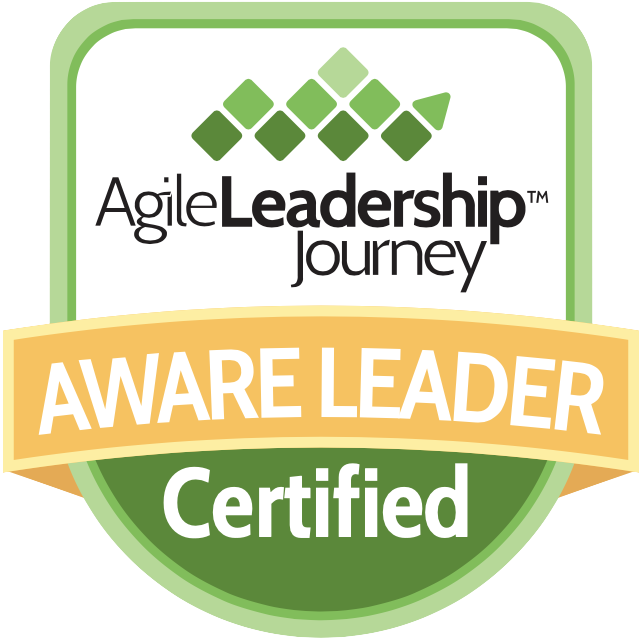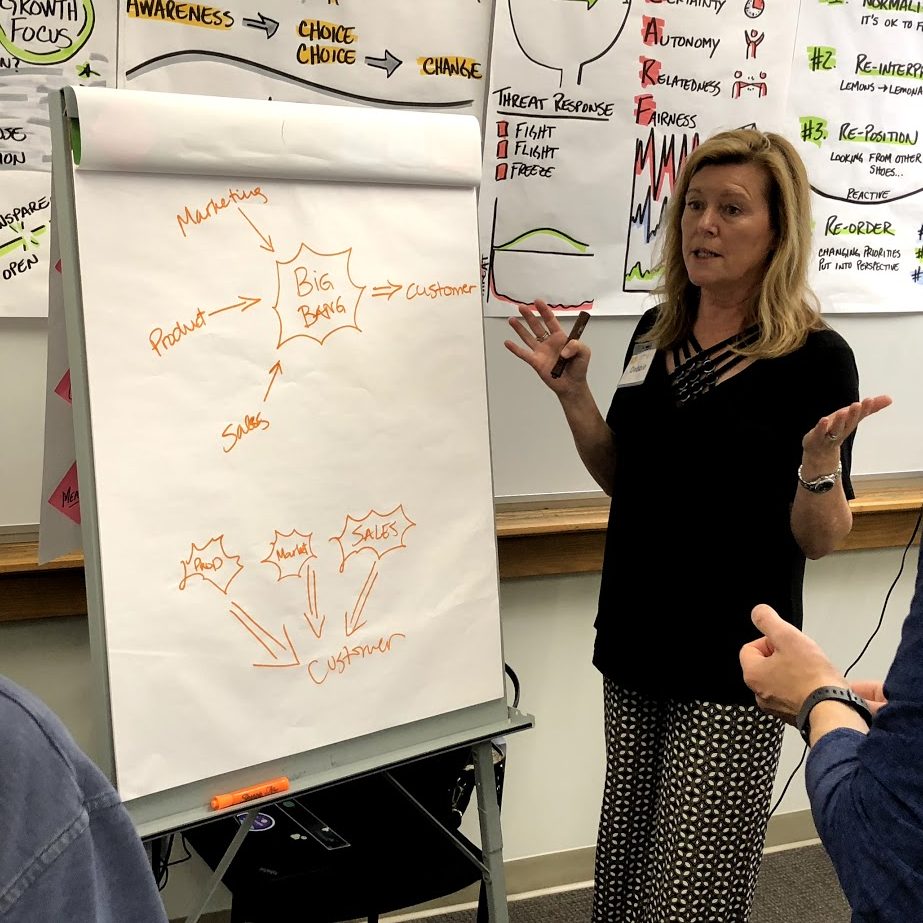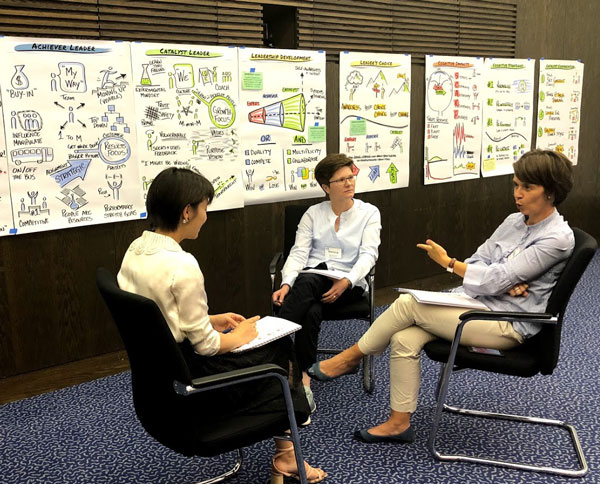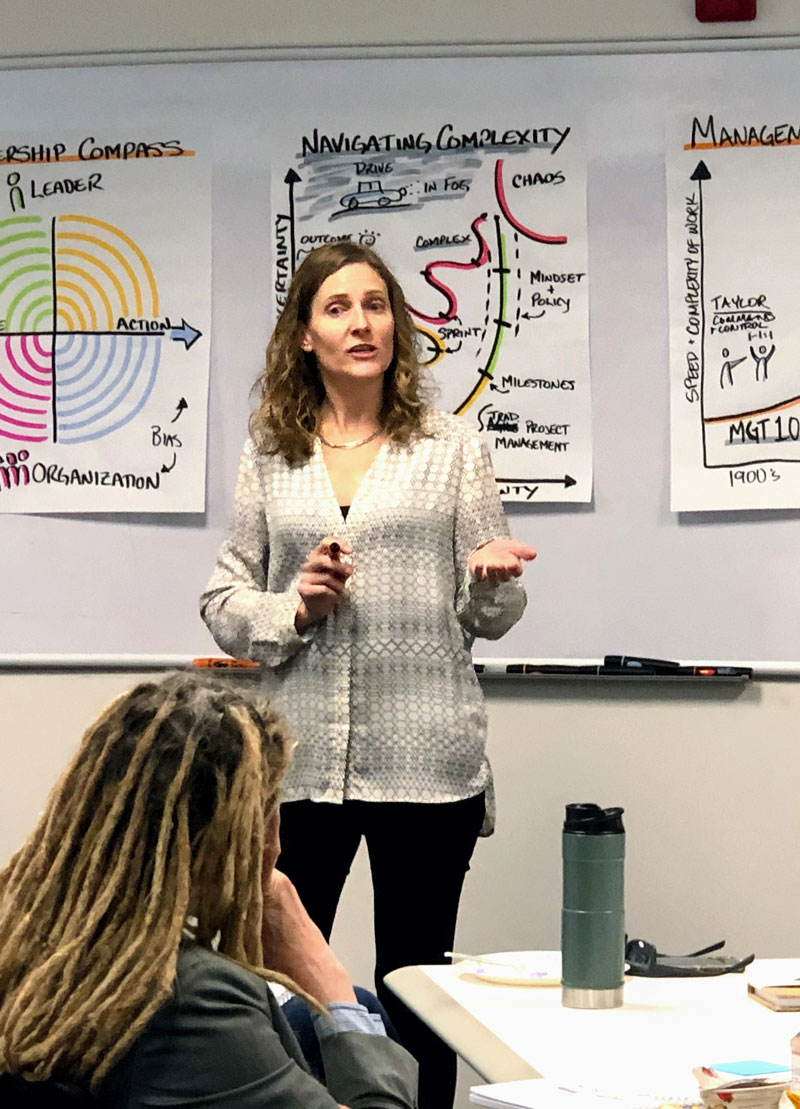
About the Workshop
Agile has exploded in popularity as an effective methodology for building software. But agile is fundamentally a set of principles: a way of looking at organizations’ work and culture that is very different from what we’ve traditionally been taught. Leaders who embrace an agile mindset and apply agile principles to their leadership approaches can better respond to change, inspire teams, and help their organizations grow and succeed.
This workshop provides practical agile leadership skills and strategies for women to improve their own—and their organization’s—performance. Over the course of three days, you will learn and practice how to:
- Understand the dynamics of agile leadership
- Recognize your own leadership patterns and biases
- Explore topics unique to the experiences of women leaders
- Help grow your colleagues and the organization


Who is the Women in Agile Leadership Workshop for?
Participants explore a comprehensive view of Agile Leadership – first from the leader’s personal perspective in how agility impacts their thinking and behavior, then from an organizational perspective in how they can effectively align, guide and scale their organization’s agility.
The Agile Leadership Compass provides guidance for participants both during the workshop and as an aid in their practice following the workshop.
What will I get out of attending this workshop?
If you’re an agile leader, you know how to get people on the same page, empower teams to build great products, and cultivate satisfaction at work. And if you’re a female leader, you know that navigating work culture and expectations can help you (and your colleagues) succeed in any environment.
This workshop will give you the skills to successfully adopt and thrive in an agile leadership role. For example, you’ll learn and practice how to:
- Increase safety, trust, and collaboration in your teams
- Employ a growth-mindset to value diversity, be open to ideas, welcome feedback, and improve yourself
- Become aware of your own biases and triggers
- Improve your decision-making and collaboration
- Engage colleagues without over-influencing or micromanaging them
- Inspire, encourage, and empower teams
- Seek and incorporate feedback so you can adapt your own leader behavior
- Have a “Catalyst coach” conversation that integrates alternative perspectives, engages others, and improves outcomes
- Use metrics in a health way that drives performance
- Communicate a clear vision and get employees onboard with that vision

